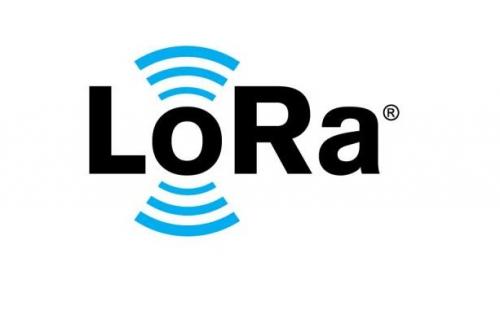Introduction: LoRa is a modulation technology targeting a specific wireless spectrum, while LoRaWAN is an open protocol that enables IoT devices to communicate using LoRa.
By Andrew Froehlich

LoRa or Long Range is a proprietary, low-power, and remote wireless technology that uses unlicensed wireless spectrum - just like Wi Fi uses unlicensed 2.4 GHz and 5 GHz frequencies.
The exact frequency of LoRa usage depends on the physical location of deployment. For example, LoRa uses the 915 MHz frequency band in North America and the 868 MHz frequency band in Europe. Therefore, it is important to understand the frequency of legitimate use at each LoRa deployment location. From a range perspective, LoRa can communicate up to 10 kilometers under optimal line of sight conditions.
LoRa technology belongs to semiconductor supplier Semtech. Although LoRa has existed for some time, the LoRa chipset has only developed in recent years to consume less power. These advancements make LoRa an ideal choice for IoT devices that are widely distributed and powered by batteries, but only send small amounts of data at speeds up to 27 Kbps. Common LoRa deployment examples include asset tracking, smart meters, detection equipment, smart parking, and agricultural on-site monitoring.
From a networking perspective, LoRa only creates physical layer methods for wireless transmission, such as transceiver chips. This means that it lacks appropriate network protocols to manage traffic for data collection and endpoint device management. This is where remote WAN (or LoRaWAN) appears.

LoRa and LoRaWAN support various IoT use cases, such as smart meters and smart agriculture.
LoRaWAN is an open, cloud based protocol designed and maintained by the LoRa consortium that enables devices to communicate wirelessly with LoRa. Essentially, LoRaWAN adopts LoRa wireless technology and adds network components to it, while also combining node authentication and data encryption to ensure security.
From the perspective of enterprise IT deployment, LoRaWAN networks are very suitable for IoT devices, which can continuously monitor the status of something and then trigger alerts to the gateway when the monitored data exceeds a specified threshold. These types of IoT devices require minimal bandwidth and can be powered by batteries for months or even years.
Contact: Qui
Phone: 18146178586
Tel: 18146178586
Email: qui@zonewu.com
Add: 1501-3, Building F03, Phase III, Software Park, Jimei District, Xiamen City, Fujian Province, China
